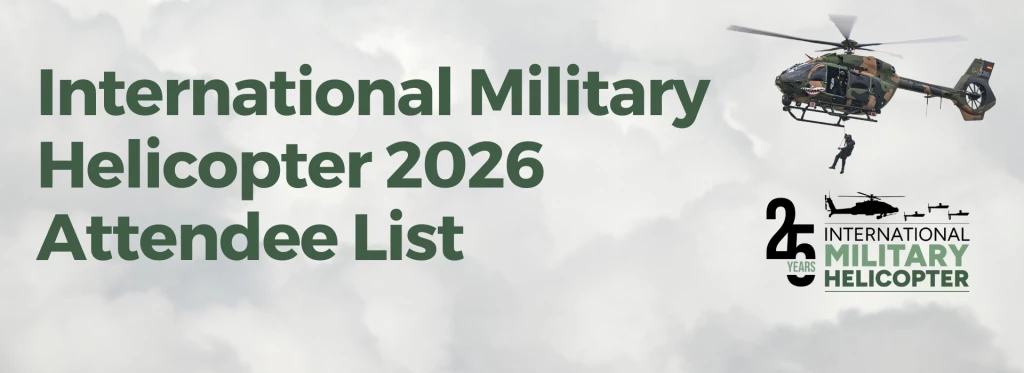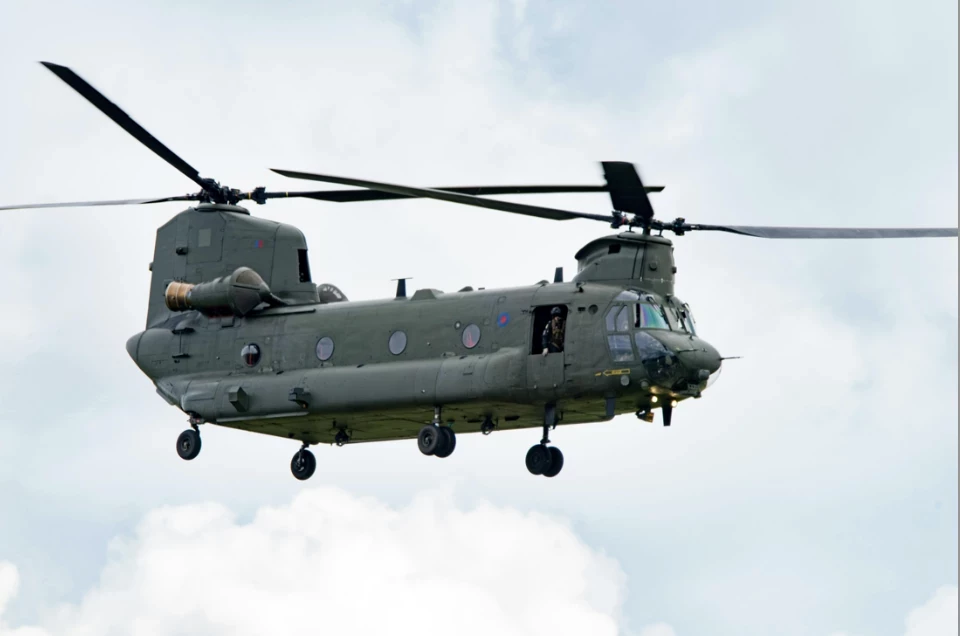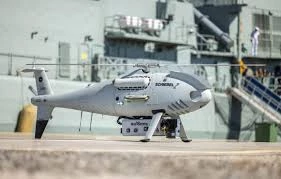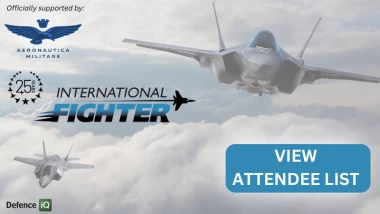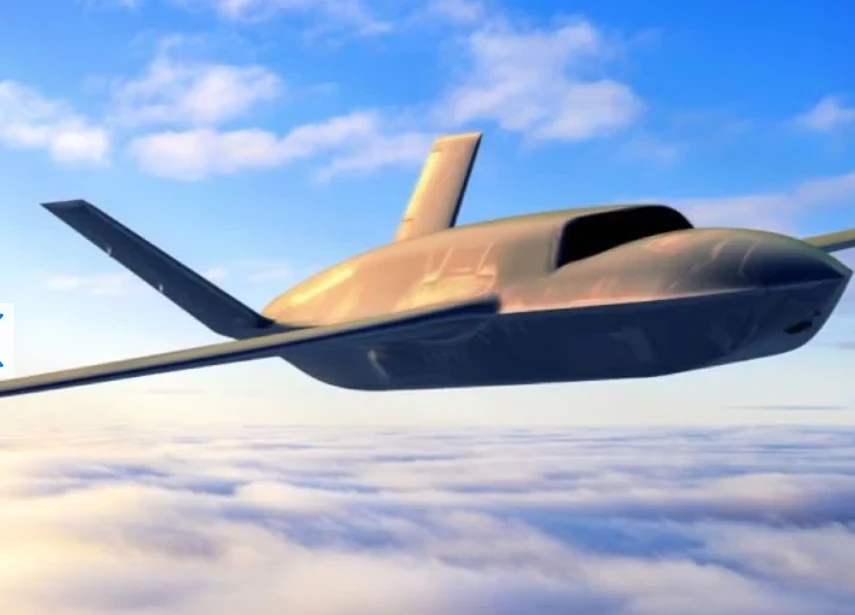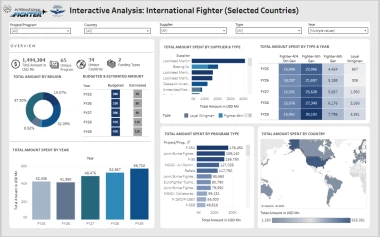NATO Alliance Ground Surveillance (AGS) hurdles higher than they appear
Add bookmarkThe NATO Alliance Ground Surveillance (AGS) programme remains of critical importance to the alliance and to the future shape of unmanned aviation in Europe. But the problems facing both the platform and the general sector aren’t quite as close to being solved as appearance suggests judging by reports from the rollout event for the first AGS airframe.
There are a number of key challenges facing beyond-line-of-sight unmanned aircraft operations. Perhaps the most significant are those involving airframe certification and the need for the aircraft to demonstrate an equivalent capability to a manned platform to see an inbound aircraft on a potential collision course and to take evasive action. No solution for either problem has yet been approved.
There have been several instances where certification has been achieved, and some flights of larger UAS have taken place in unsegregated airspace - including a series of flights made by a Block 40 Global Hawk between Sigonella, the future operating location for AGS, and Norway, including transits of the UK. Northrop staff were correct to draw this to the attention of journalists at the rollout, and it does show that the operational concept works. But there are a number of important caveats…
Firstly, the 2014 Global Hawk flights took extensive amounts of planning. Separation from other air traffic was achieved by flying it above everything else. Its transits of the UK seem to have been very deliberately plotted to minimise the time it spent over land.
It also seems significant that the flight plan did not take the aircraft anywhere near Germany. The Luftwaffe has its own Global Hawk-based programme, but the Euro Hawk has seen problems. The project appeared dead in 2013 after German legislators expressed concerns about certification.
In January, some work on the Euro Hawk was restarted, but sources close to the programme have suggested that transitioning the payload to a Triton – the Global Hawk derivative Northrop is building for the U.S. Navy, which contains additional technologies necessary to achieve a sense-and-avoid capability – represented a more viable means of getting the project back on track. At Palmdale, Northrop officials spoke of the Euro Hawk restart as if all integration and certification problems had been solved: if this is the case, the company has been unusually reluctant to trumpet the fact (the most recent news story listed on the Northrop website’s Euro Hawk page relates to a test flight carried out in September 2013).
Where this leaves AGS is unclear. At the time of Euro Hawk’s cancellation, German politicians behind the decision to cut the system were also urging Germany to withdraw from AGS. Italy has become a leader in flying larger UAS in Europe and is the only nation on track to generate a domestic training capability for its fleet of Reaper UAS (expressing an intention to offer training to European allies once its system is running; France and the UK also operate the aircraft, with the Netherlands in the process of buying it, but none of those nations can fly it domestically). But AGS will be of only limited use if it cannot traverse the airspace of all European nations.
[eventpdf]









